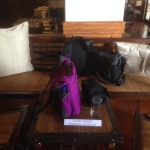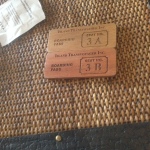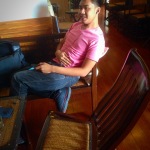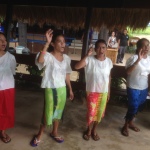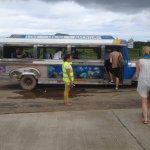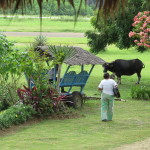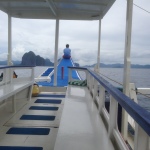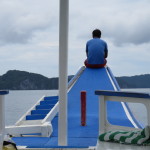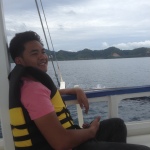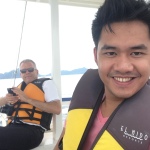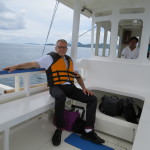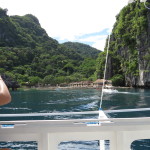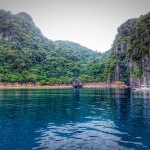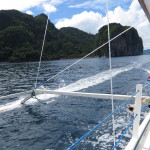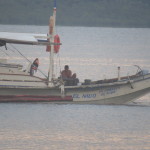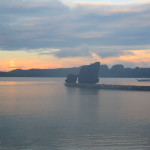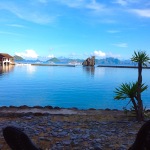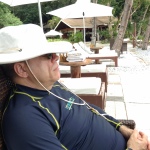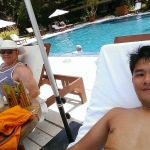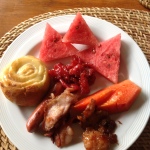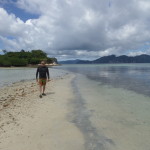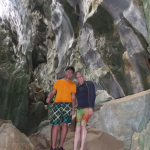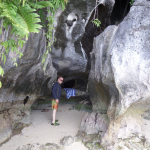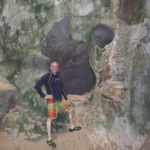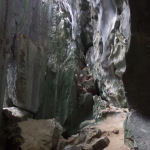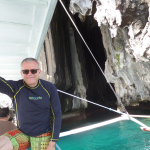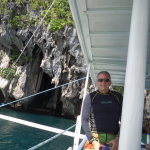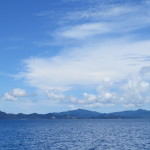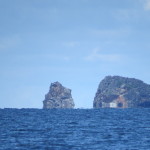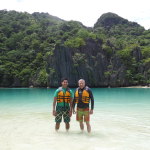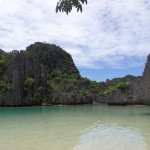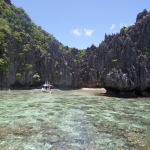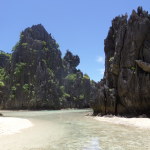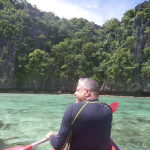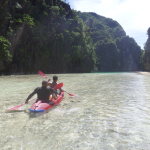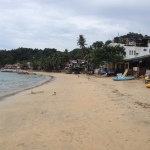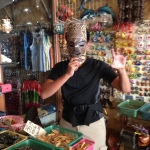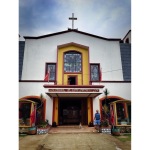The Municipality of El Nido in Palawan is one of the best beach destinations in the Philippines. I would argue that it’s one of the best in the world, but if you google ‘best beach destinations in the world’ you will mostly find pictures of hotels, not beaches. Unless you click on the TripAdvisor link, which does actually give you the top ten beaches (and beach pictures) as voted by their users. The Philippines doesn’t make this list, which can be easily explained, but I digress.
El Nido is made up of 45 islands and islets and gets its name from a bird common to the area that builds nests that are prized for making an edible and delicious (I took their word for it…) soup. After its discovery by the rest of the world in the 1980’s the government of the Philippines established the area as a turtle sanctuary. In 1998, after a few other intermediate steps, the area was expanded and made the largest protected area in the Philippines. It is now more than 220,000 acres. As a managed resource protected area, the resorts are tasked with making sure their guests leave no “footprints” when they visit other than those they leave in the sand. The resorts and the locals take the status and task of protecting their natural resources very seriously.
There are several El Nido resorts located on different islands. The one Danny and I chose to stay at was the Lagen Island Resort. To be honest, I didn’t realize exactly how remote the island was until about five minutes into the fifty minute boat ride from the El Nido airport to the island. However, it was a very decent day for arrival with mostly high white clouds (not loaded with rain) in the sky crafting an enchanting background as we arrived.
Typical water transport here is called an outrigger. They come in a wide variety of sizes and the individual ones are from 6 to 8 feet long. The multi passenger boats are 20 to 40 feet long and are 5 to 7 feet wide with outriggers extending an additional 10 to 12 feet on either side with bamboo floats. Our tours (both the island hopping and the El Nido town tour) were with a guide (Raymond) and an armed security person. Of course there was a boat driver and then 1 or 2 others (typically younger and all called ‘kuya’) to dock, anchor, etc. Kuya is a friendly term that many filipinos call men or boys. It roughly means brother.
Even though I started out being nervous about how remote the island was, the stay turned out so very well. The room was nice with a little veranda overlooking the bay area, the restaurant (yes, there was only one) was solid and provided an abundant variety of food which was fresh and tasty. Ever night they did a fresh grill area, as well as the ever changing buffet. And whoever was in charge of the baked goods was really excellent. The breads, rolls, croissants, cakes and desserts were always fresh and top notch.
I actually did a pretty poor job of taking pictures of meals and the resort itself, but here are a few pictures I did take:
I also did not bring home a clean copy of the map of the Bacuit Bay area that I scribbled notes on so here is a link to the exact same map used by El Nido Resorts. The map is the yellow and blue one just a little bit down the page.
We went on two island hopping tours during our stay where you ride an outrigger from one island / lagoon / beach to another and swim, snorkel, kayak and relax.
The first island hopping trip went like this:
1. Cadlio lagoon on Cadlio island.
2. Helicopter or Dilumacad Island.
3. Hidden beach on Mantinloc Island. This is an extremely protected island where we were told fishermen sought refuge from the expected tidal wave after the Thailand earthquake. Locals also party overnight there.
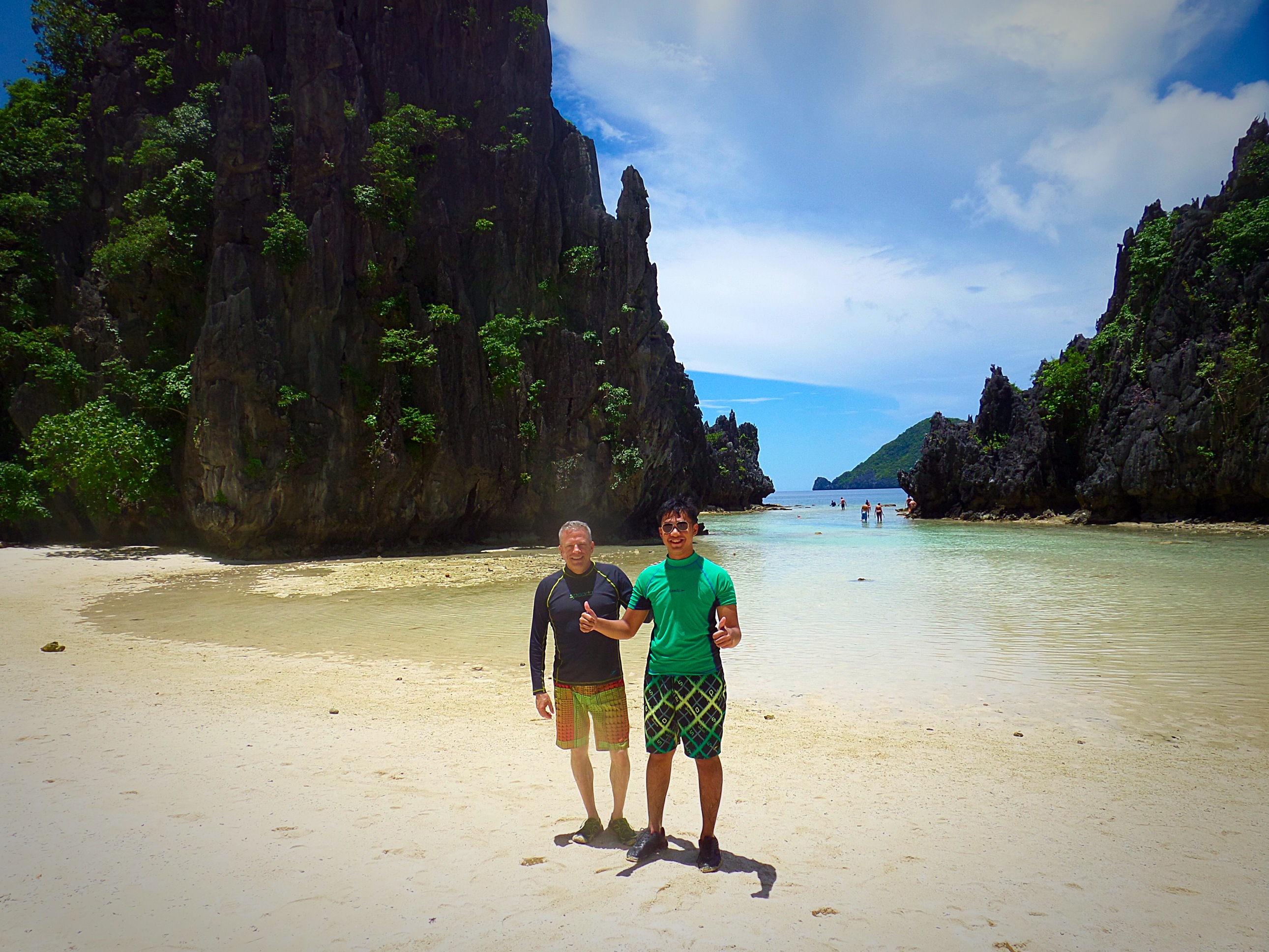
4. Big Lagoon on Miniloc Island.
5. Small Lagoon on Miniloc Island.
6. Secret Lagoon on Miniloc Island. We entered the lagoon thru an opening where you crawled and the guide showed you the exact moves to make to get thru without knocking yourself out.
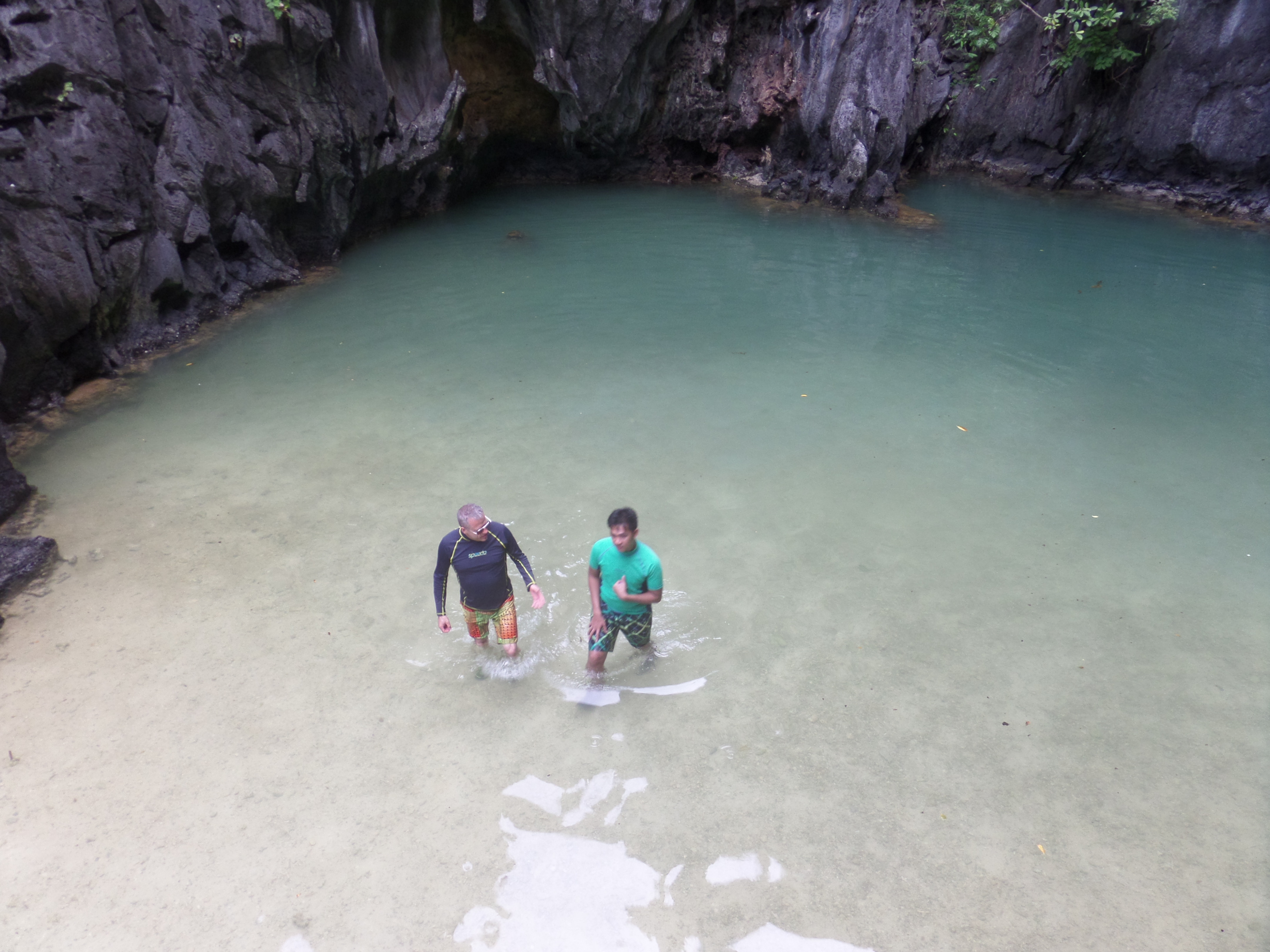
The second island hopping trip went like this.
7. Snake Island. Made up of long sandbars shaped like snakes made by opposing currents. Loads of starfish and sand crabs.
8. Cudugnon Cave (actually on a peninsula of the mainland) originally home to bats and the birds responsible of “bird’s nest soup”. Again we crawled through a small opening, being given the exact moves to make, and came out into a series of large caverns that were really colorful and pungent.
9. Cathedral (Pinasi) Cave on a small, but tall, island just southwest of Lagen Island.
Because I cannot remember exactly where these pictures were taken during the island tour I am putting them in at this point and simply saying the tours were outstanding. Maybe I’ll get some help later identifying locations and if I do, I’ll reorganize a bit.
El Nido town is the place to find inexpensive shirts and other souvenirs. There was a large variety of foods, both type and quality. It seemed to me that the place was filled with younger, foreign tourists that were probably adventure seekers, cost conscious and, possibly, also interested in sex, drugs or a wide variety of alcohol and music. We were told the nights are quite wild, but the hotels were very inexpensive, by Western standards, (maybe 700 pesos or $25 a night).
During the course of this trip I guess I probably visited, or at least saw, somewhat less than twenty islands. That’s like twenty down and slightly less than 7100 islands yet to see. I think I’ll be back.
